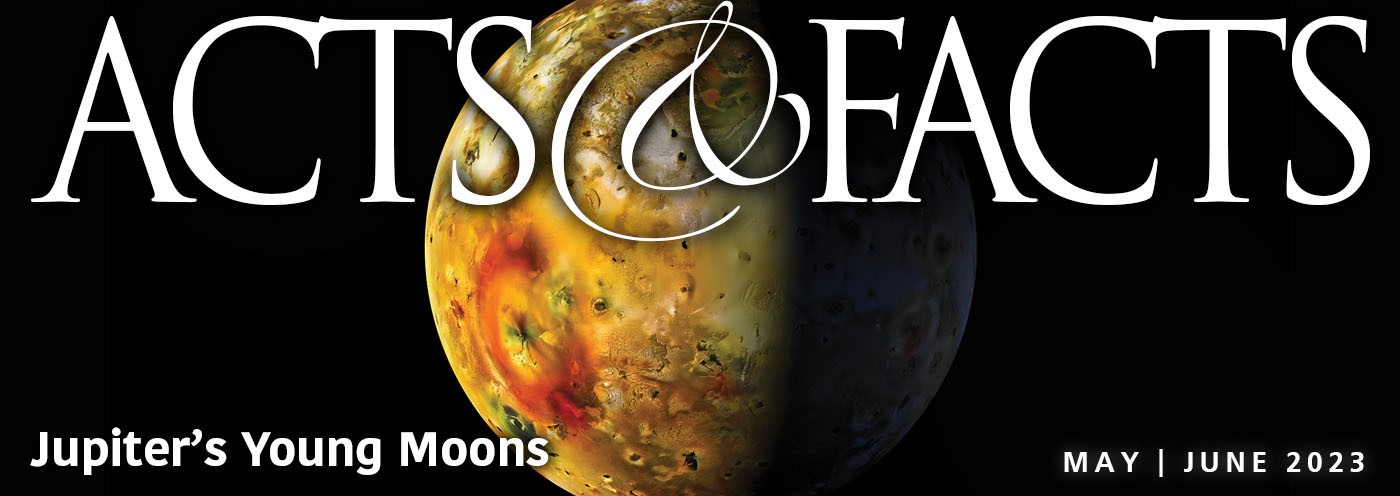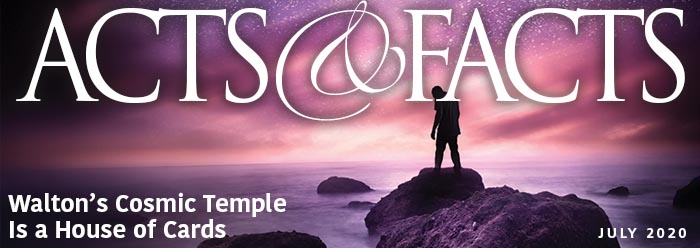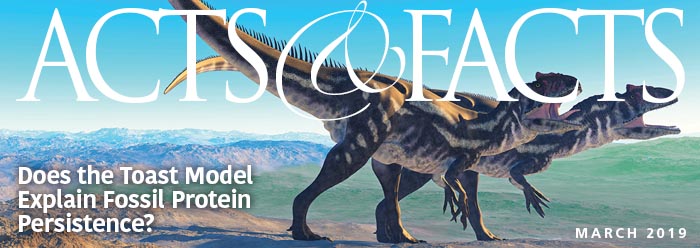Advanced physics students at Leicester University were tasked with determining if the Biblical dimensions of Noah's ark—assuming it was properly constructed—could have supported the mass of 70,000 animals. Student Kayie Raymer told UK's The Telegraph that after other "more serious" assignments, this one was "something different."1 What did they find?
The students used 48.2cm (almost 19 inches) as the length of a cubit to estimate the total dimensions of the ark. Using the density of water and Archimedes' principle of buoyancy, they calculated the total mass the ark could contain without sinking.
"Previous research has suggested that there were approximately 35,000 species of animals which would have needed to be saved by Noah," according to The Telegraph, though they cited no source for this estimate. Doubling this number to account for a male and female of each species, the student group estimated that the ark needed to have held approximately 70,000 creatures. To the students' surprise, they found that this amount did not exceed the total mass the ark could contain. Physics student Thomas Morris told The Telegraph, "You don't think of the Bible necessarily as a scientifically accurate source of information, so I guess we were quite surprised when we discovered it would work." The students published their results in Leicester University's Journal of Physics Special Topics.
The students' results at the ark having 70,000 creatures actually exceed biblical expectations, giving further assurance that the ark could hold all that it needed—including food and even water.
Creatures change within the boundaries of their own "kinds" or fundamental forms, so Noah certainly did not need to take on board all "species,"a modern term that seems to bear as many definitions as there are researchers who use it.
What about the biblical detail given in Genesis, which noted seven of each bird kind—probably meaning seven pairs of each bird kind—on board Noah's ark? If today's "species" were substituted for basic "kinds" here, then the total number of birds would probably have exceeded ark capacity. However, creation biologists have been combing the literature for breeding records that help them estimate which "species" likely belonged to a "kind."2 For example, breeding studies link sparrows and finches as within-kind creatures.3 Instead of over 1,000 sparrow or finch "species," perhaps as few as 14 sparrow-finch representatives were on the ark.
Applying this principle to all "species" would dramatically reduce Leicester University's student-estimated 70,000 animals. Creation researcher John Woodmorappe's book, Noah's Ark: A Feasibility Study, estimated the number of ark kinds as the number of families of extant and extinct air-breathing, land-dwelling animals, totaling about 8,000 kinds or 16,000 individuals—including the sevens of birds and clean animals.4 That would require merely one third of the ark's volume, leaving plenty of space for provisions and people.
It's amazing what happens when the Bible's accuracy is put to the test. The Leicester University physics students "were astonished to find out that the Ark would have floated," according to The Telegraph.1 How much more astonished would they be to find that the Ark not only could have floated, but could have carried all its passengers and their provisions for a whole year, just as the Scriptures say? Since the Bible contains spiritual truths, discovering that the Bible also records historical truth turns out to be "more serious" than secularized students at first suspect.
References
- Knapton, S. Noah's Ark would have floated...even with 70,000 animals. The Telegraph. Posted on telegraph.co.uk April 3, 2014, accessed April 3, 2014
- Henigan, T. An Initial Estimate toward Identifying and Numbering the Ark Turtle and Crocodile Kinds. Answers Research Journal. 7 (2014): 1-10.
- Lightner, J.K. 2010. Identification of a large sparrow-finch monobaramin in perching birds (Aves: Passeriformes). Journal of Creation. 24 (3): 117-121
- Woodmorappe, J. 1996. Noah's Ark: A Feasibility Study. Santee, CA: Institute for Creation Research.
* Mr. Thomas is Science Writer at the Institute for Creation Research.
Article posted on April 11, 2014.
















